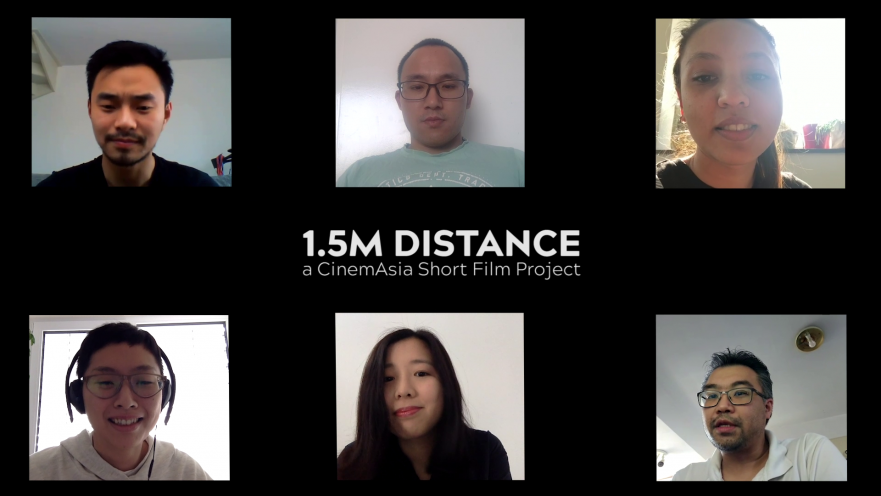Sorry, this entry is only available in Dutch.
Journalist Pete Wu noemt zichzelf een banaan: Chinees van buiten (‘geel’) en Nederlands van binnen (‘wit’). In de driedelige VPRO-serie Pete en de Bananen gaat Pete op zoek naar de regels in datingland, voor hemzelf en voor andere ‘bananen’. Een serie over liefde en daten tussen twee culturen. CinemAsia sprak met hem via een videoverbinding over de totstandkoming van zijn documentaire.
We kennen je van je boek De Bananengeneratie. Wat was er eerder: het idee voor het boek of voor de documentaire?
‘Het begon als een plan voor een serie. In 2016 heb ik een artikel gepubliceerd in Volkskrant Magazineover een reis met mijn moeder dat ook terug te vinden is in mijn boek. Er was een omroep die interesse had om er een serie van te maken, maar dat is uiteindelijk niet doorgegaan, want ze vonden het toch een te groot risico om te investeren in “een nieuw gezicht”.
Een jaar daarna had ik op verzoek een verhaal geschreven voor Das Mag en die vroegen op gegeven moment of ik misschien plannen had voor een boek. Ik dacht toen: oh, dan lever ik gewoon het plan in van die serie. Maar inmiddels was ik geselecteerd voor het traject bij VPRO Dorst om een documentaire te maken, maar toen was ik al met dat boek bezig. Zo kwam ik op het idee om mij voor de serie alleen te richten op het deel over de liefde. Verhaallijnen uit het boek gaan door in de serie, als een soort sequel. Zo vertelt Lily in het boek over haar struggels met haar deels Surinaamse vriend, maar in de serie gaat ze uiteindelijk toch met hem trouwen en bezoek ik haar als ze een trouwjurk gaat uitzoeken.
Ik heb ook bepaalde dingen bewust niet in het boek gezet, zodat ik ze nog kon gebruiken voor de serie. Bijvoorbeeld: ik had zelf al bedacht dat ik eigenlijk op date moest met iemand van Oost-Aziatische afkomst. En toen dacht ik: ik kan dat voor het boek gaan doen, maar het is natuurlijk veel leuker om dat straks te zien.’
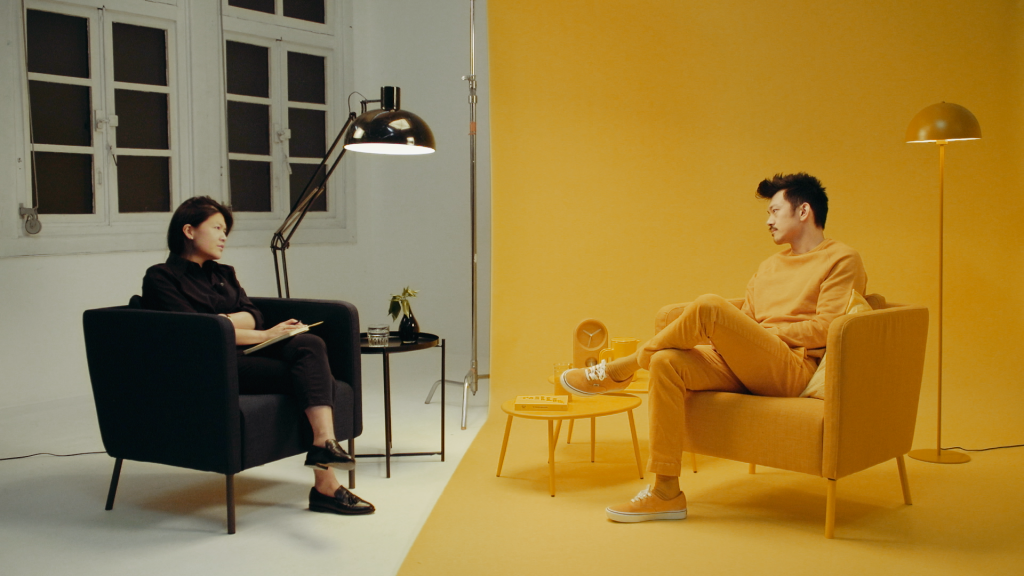
Pete bij de psycholoog.
Hoe belangrijk is dat visuele aspect?
‘In het boek praat ik veel over representatie van Aziaten in de media, maar je ziet ze niet. In de serie kan ik veel verschillende Aziatische gezichten echt laten zien en henzelf het verhaal laten vertellen. Op schrift kan ik dat maar tot op een bepaalde hoogte doen, want als verteller vervorm ik nog steeds op een bepaalde manier hun verhaal tot die van mij. Misschien begrijp je als niet-Aziatische kijker beter hoe divers die verhalen kunnen zijn dan als lezer.’
Hoe is de serie opgebouwd?
‘Elke aflevering bestaat uit een paar vaste onderdelen. We beginnen met een paar mensen die in de camera een vraag beantwoorden. Bijvoorbeeld: hoe denk je dat Chinese ouders anders zijn dan Westerse ouders? Of: wat voor dingen heb je meegemaakt op datingapps? Dan komt de leader. Daarna zie jij mij in gesprek met de therapeut en zij stelt de beginvraag waarmee we de aflevering ingaan. De eerste aflevering gaat over in hoeverre mijn idee over hoe een relatie hoort te zijn, gevormd is door mijn ouders. Daarna ga ik bij andere Chinese Nederlanders langs die wel geslaagd zijn om aan dat ‘perfecte plaatje’ te voldoen om te kijken hoe zij dat hebben gedaan.’
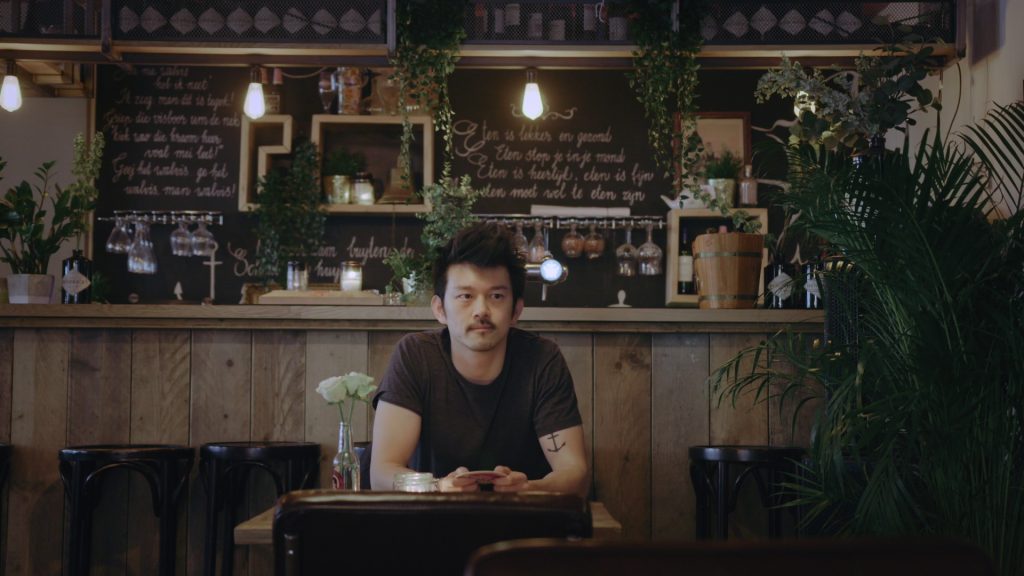
Pete in het café.
Welke rol spelen je ouders in de serie?
‘Elke aflevering eindigt met een soort eindmonoloog waarin ik kort vertel over mijn verhouding tot mijn ouders. In de eerste aflevering vertel ik over mijn verhouding met mijn vader en dat ik niet aan de verwachtingen, aan dat perfecte plaatje, kan voldoen. Mijn moeder blijft in haar cocon, terwijl ik in de buitenwereld te maken heb met heel veel dingen waartoe ik mij moet verhouden, omdat ik er anders uitzie, terwijl mijn moeder daar vroeger nooit echt last van heeft gehad, omdat zij is opgegroeid in China en ik juist in een omgeving waarin niemand op mij lijkt.’
Eer je je ouders door nu de perfecte vriend mee naar huis te nemen?
‘Zij hebben ooit gezegd: we gaan nooit je homoseksualiteit accepteren. Het pijnlijke is dat ik voor mijzelf heb gekozen, maar nog steeds niet helemaal los ben geraakt van wat mijn ouders willen. Het Invisible hands syndromenoemen ze dat. Dat je ouders op een bepaalde manier nog steeds een hand hebben in hoe je reageert op dingen.
Nadat ik uit de kast was gekomen, zo’n vier jaar geleden, was er meer afstand tussen ons ontstaan. Nu brengen ze weer regelmatig eten. Dat geeft aan dat ze willen laten zien dat het op een bepaalde manier oké is. Toch hoop je nog dat ze ooit op een directe, Hollandse manier zeggen dat ze je volledig accepteren.’
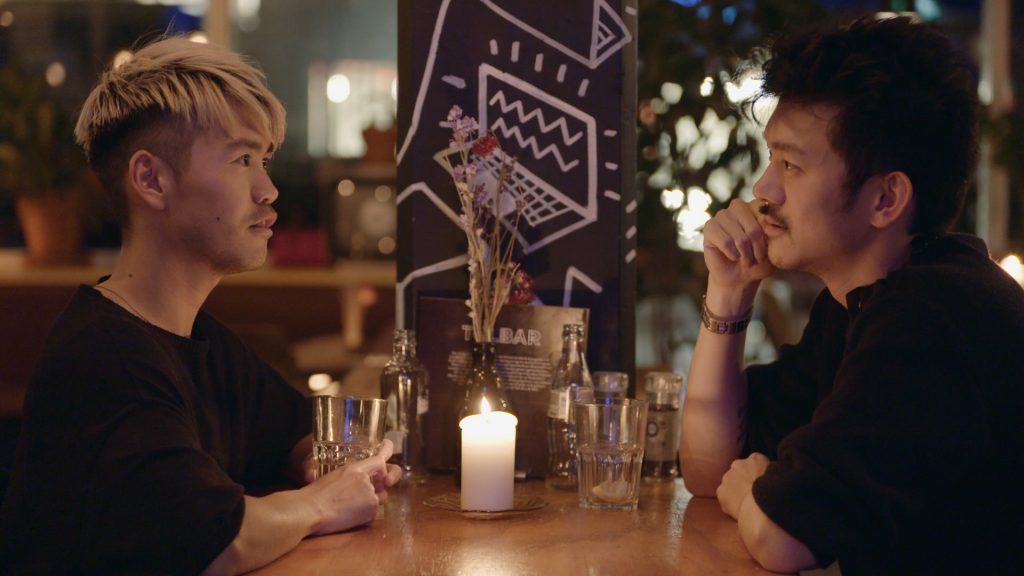
Pete op date.
Voor de documentaire heb je samengewerkt met Willem Timmers, die naast cameraman ook fungeerde als coregisseur: hoe verliep die samenwerking?
‘Ik heb heel veel aan hem gehad qua hoe je naar dingen kijkt of hoe je een verhaal opbouwt. Als schrijver had ik het verhaal helder, maar hij kon heel goed de vertaalslag maken naar beeld. Het is zo gegroeid dat hij op een bepaalde momenten de regie moest overnemen. Bijvoorbeeld tijdens de draaidag bij mijn ouders, dat was een van de zwaarste draaidagen die ik heb gehad. Zodra je bij je ouders bent, ben je ineens weer dat kind. Ik zei tegen Willem: “Ik kan dit even niet, dus misschien wil jij de advocaat van de duivel spelen en even regieaanwijzingen geven? Wilt u zo gaan staan? Wilt u dit alstublieft nog een keer doen?” Mijn ouders zouden niet zo snel naar mij luisteren op die manier, maar wel naar een buitenstaander. Wij vulden elkaar heel goed aan. Bovendien is Willem een van mijn beste vrienden. Dat maakte het voor mij heel ontspannen. Voor een eerste documentaire bij een vreemde cameraman zou ik waarschijnlijk meer schroom voelen.’
Was je vrij in je keuze voor crew en cast?
‘Ik heb zelf iedereen gecast. Deels zijn het mensen uit mijn boek, deels nieuwe mensen. Ik heb ze uitgezocht op hun achtergrondverhalen, op diversiteit in seksualiteit en etniciteit, maar ook op hun looks en of ze goed voor de camera waren. Ik mocht zelf ook mensen aandragen voor de crew, maar ik was niet heel bekend in het wereldje. Daarom is veel crew aangedragen door Willem en door de VPRO.’
“Ik denk dat dit soort verhalen ook in de mainstream media thuishoren.”
Wat hoop je voor reacties te krijgen?
‘Voor mijn boek heb ik uit alle hoeken veel respons gekregen. Van witte mensen kreeg ik reacties als: wauw, ik wist dit soort dingen niet. Ik ben blij dat je dit hebt geschreven. Nu begrijp ik mijn vriend of collega beter. Ik wist niet dat er discriminatie bestond tegen Aziaten. Dat soort reacties. Aziatische Nederlanders waren vaak blij dat ze zich konden herkennen in de verhalen. Er waren ook reacties waar ikzelf om moest huilen, omdat dit natuurlijk ook iets is wat ik vroeger zelf miste: verhalen van kinderen van migranten door henzelf verteld. Ik denk dat dit soort verhalen ook in de mainstream media thuis horen.’
Je geeft mensen ook een stem.
‘Ja, ik denk dat er veel mensen rondlopen die altijd het gevoel hebben gehad: mijn stem doet er niet toe. Maar natuurlijk doet het er toe! Ik hoop dat het mensen ook inspireert om ook hun verhalen te vertellen. Dat draagt ook bij aan een meer diverse representatie, iets waar CinemAsia ook al heel lang voor staat.’
“Pete en de bananen” is te zien vanaf 8, 15 en 22 juni op het YouTube-kanaal van de VPRO, op vpro.nl/peteendebananen of op de Facebook-pagina van VPRO Dorst. Op zondag 28 juni ook te zien op de televisie op NPO 3.
De eerste aflevering is nu online!
tekst: Daan Vree
foto’s: VPRO


 Nederlands
Nederlands
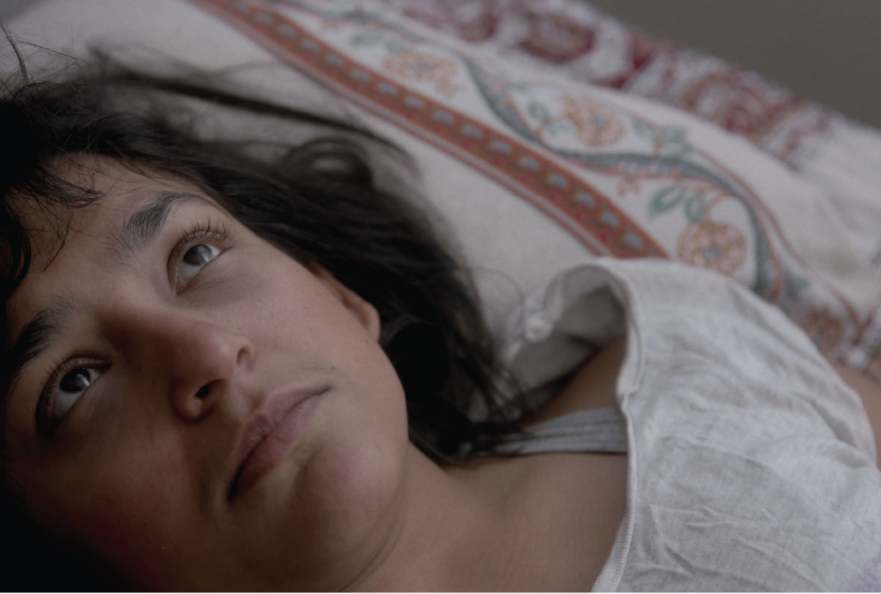
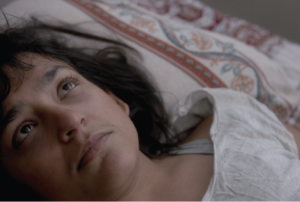 About Honeycomb
About Honeycomb
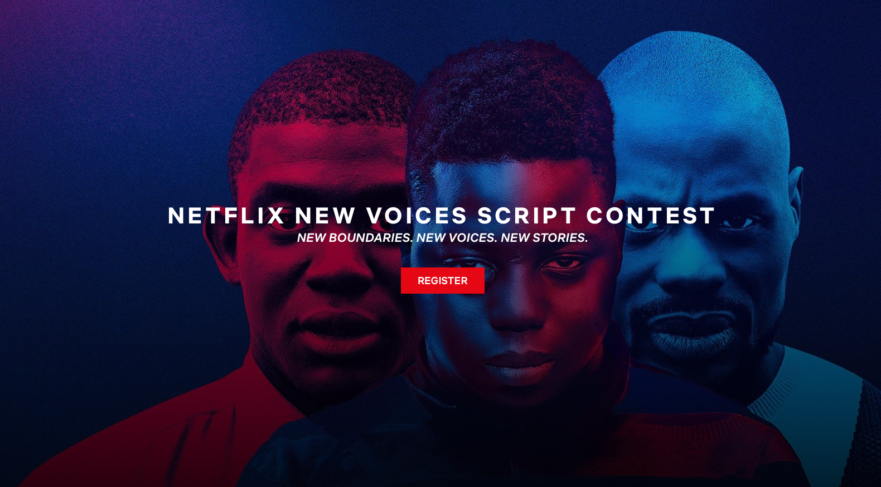
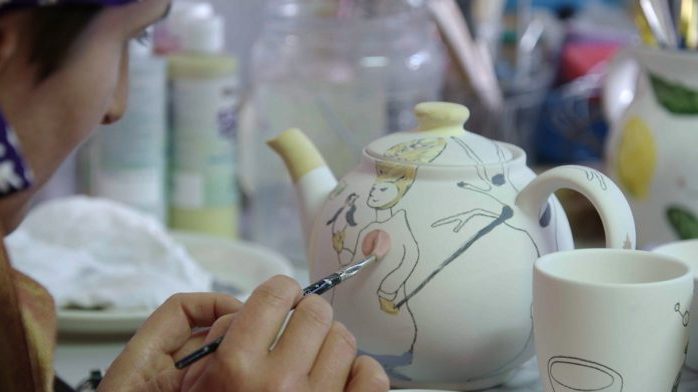
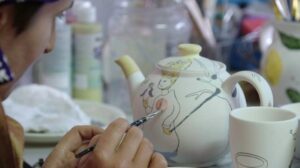
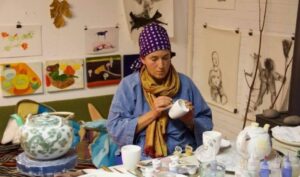
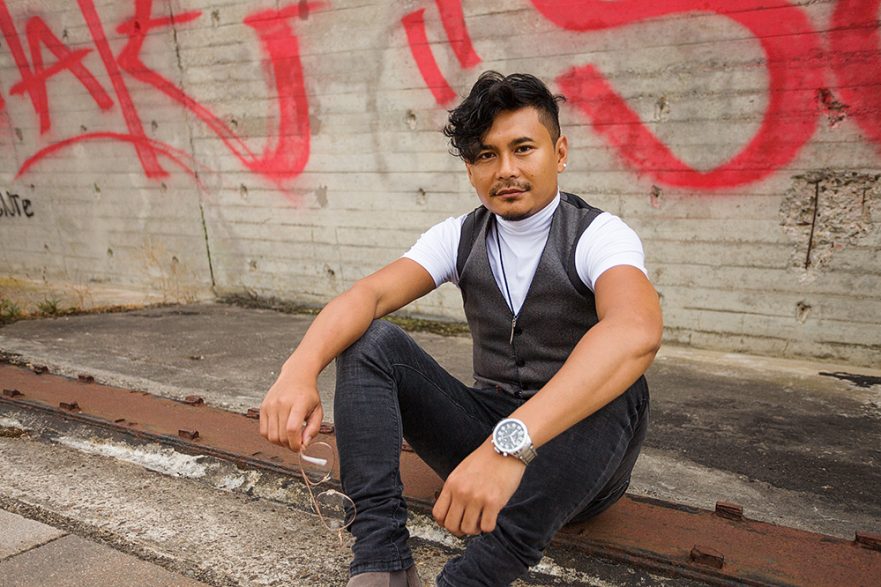
 How did you come across CinemAsia FilmLAB?
How did you come across CinemAsia FilmLAB?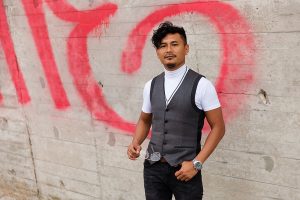 What was the best thing about your CinemAsia FilmLAB experience?
What was the best thing about your CinemAsia FilmLAB experience? 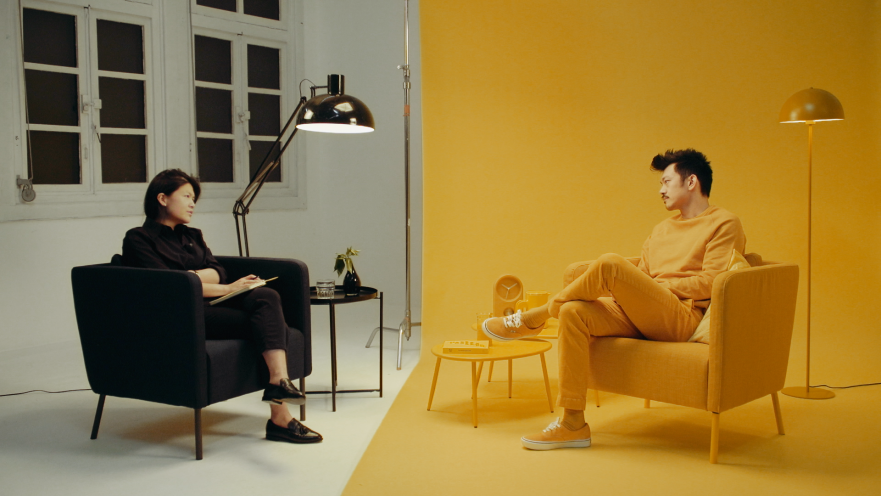



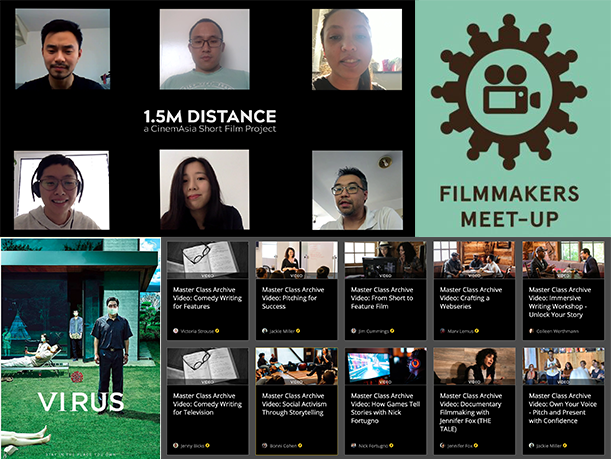
 1. FilmLAB Digital Meet-Up
1. FilmLAB Digital Meet-Up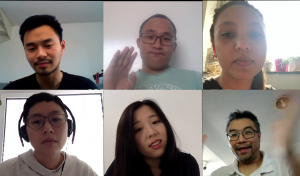

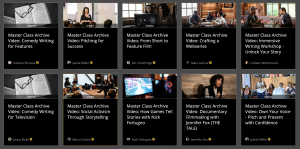 5. Sundance Co//ab Masterclasses
5. Sundance Co//ab Masterclasses